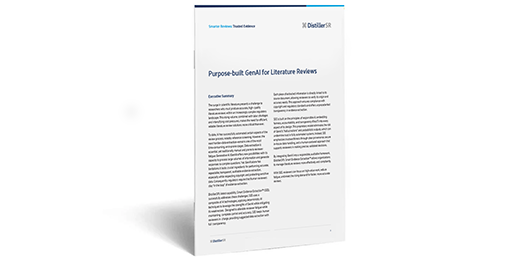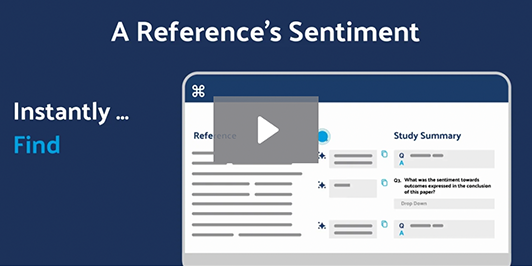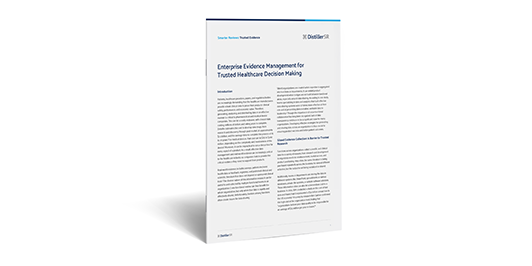
June 5 2025 • Minneapolis
EU MDR Clinical Evaluation Report (CER) Foundations Workshop

Purpose-built GenAI for Literature Reviews
Learn how reviewers can focus on high-value work, reduce fatigue, and meet the rising demand for faster, more accurate reviews.

Smart Evidence Extraction
DistillerSR Smart Evidence Extraction: SEE the Difference. Trust the Evidence

Enterprise Evidence Management for Trusted Healthcare Decision Making
Discover how an enterprise evidence management strategy can lead to product success and better patient outcomes.



